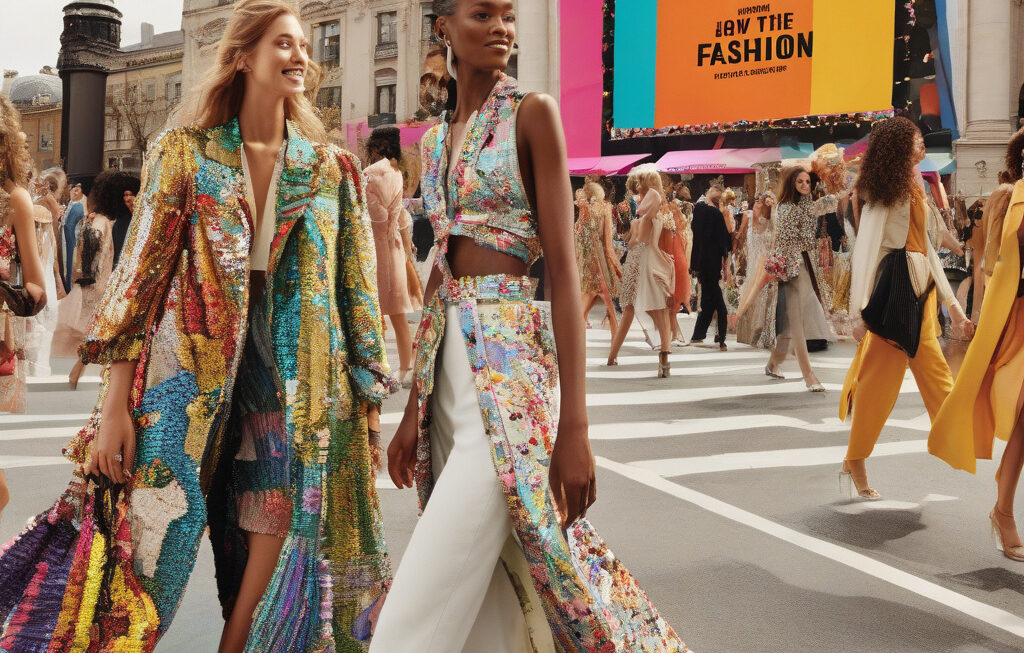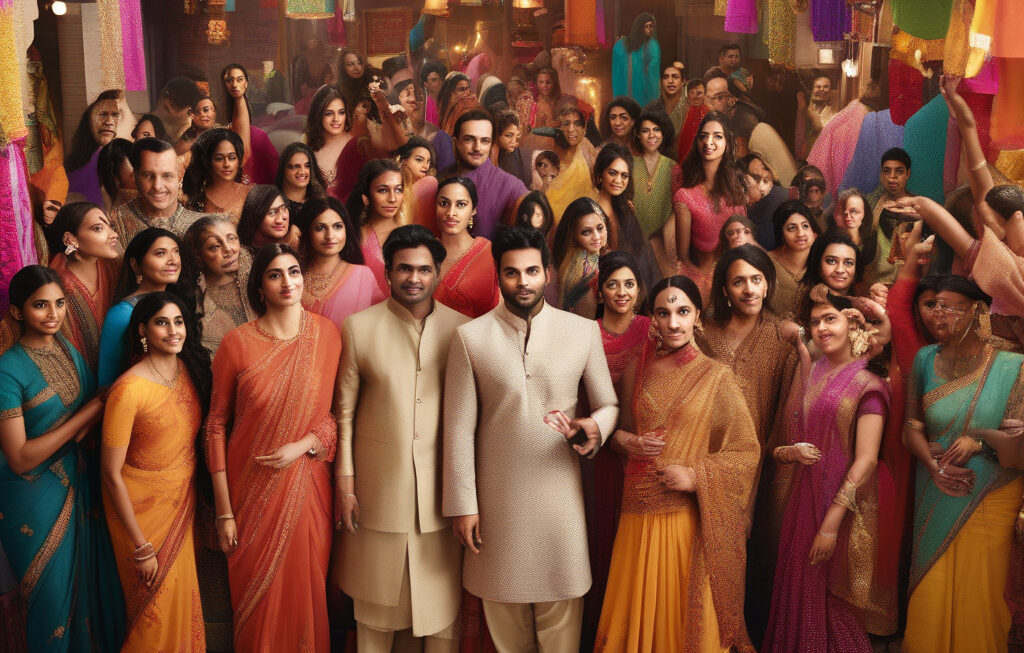Five Years After George Floyd: Can Fashion Still Stand for Something?
In 2020, the fashion industry stood at a crossroads. The tragic murder of George Floyd sparked a wave of solidarity and calls for systemic change within the fashion community. Brands and designers pledged to do better, to speak up against racial injustice, and to actively work towards a more inclusive and equitable industry. However, as we mark the fifth anniversary of George Floyd’s death, it’s time to reflect on whether fashion has lived up to its promises or if it has fallen short in its commitment to social justice.
In the immediate aftermath of George Floyd’s murder, many fashion brands took to social media to express their support for the Black Lives Matter movement. Slogans like “Black Lives Matter” and “No Justice, No Peace” adorned t-shirts, hoodies, and face masks, signaling a shift towards more overtly political messaging in the industry. Some brands even went so far as to pledge significant donations to racial justice organizations and initiatives.
But as the political tides have turned and the news cycle has moved on, the question remains: have these brands followed through on their commitments to change? Have they taken concrete steps to address the systemic racism within their own organizations and within the fashion industry at large? The answer, it seems, is mixed.
While some brands have continued to prioritize diversity, equity, and inclusion in their hiring practices and marketing campaigns, others have remained conspicuously silent on the issue. The performative activism that was so prevalent in the immediate aftermath of George Floyd’s murder has given way to a more muted response from many fashion brands. For some, it seems that the urgency of the moment has faded, replaced by a desire to return to business as usual.
Yet there are still shining examples of brands that have stayed true to their commitment to social justice. From increasing representation in their ad campaigns to launching mentorship programs for BIPOC designers, these brands are leading by example and showing that it is possible to effect real change within the fashion industry. By centering the voices and experiences of marginalized communities, these brands are not only standing for something – they are actively working to dismantle the systems of oppression that have long plagued the industry.
As we look towards the future, it is clear that the fashion industry still has a long way to go in terms of addressing racial inequality and systemic racism. The events of the past five years have shown us that simply making a statement is not enough – real change requires sustained effort, investment, and a willingness to confront uncomfortable truths. Fashion has the power to be a force for good in the world, but only if it is willing to do the hard work of introspection and transformation.
Five years after George Floyd’s death, the question remains: can fashion still stand for something? The answer lies in the actions of the brands and designers who have the power to shape the industry’s future. Will they choose complacency or will they choose courage? The choice is theirs – and the world is watching.
George Floyd, Fashion Industry, Social Justice, Racial Equality, Systemic Change












